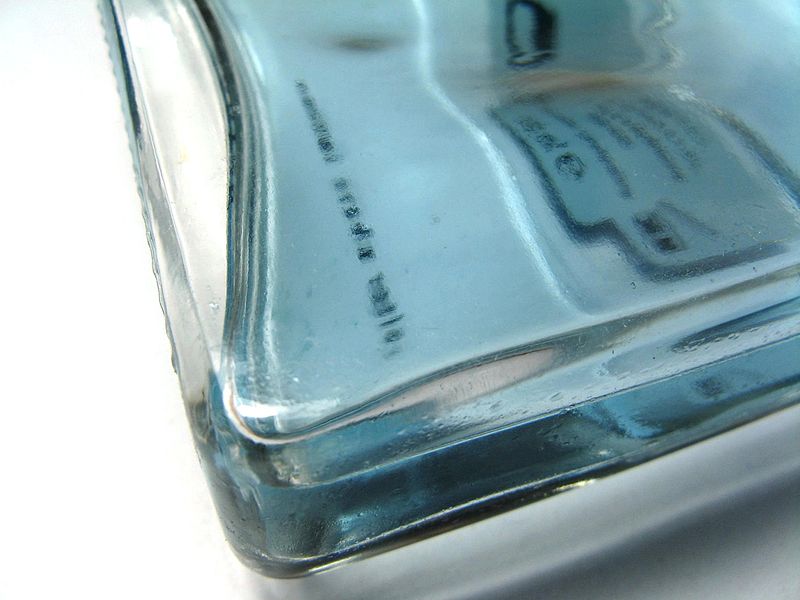‘Superman’ crystal memory could outlast civilization

Using nanostructured glass, scientists at the University of Southampton in the UK have, for the first time, experimentally demonstrated the recording and retrieval processes of five dimensional digital data by femtosecond laser writing.

The storage allows unprecedented parameters including 360 TB/disc data capacity, thermal stability up to 1000°C and practically unlimited lifetime.
The memory crystal is an incredibly advanced form of computer memory.
It can store digital information across five dimensions: the three dimensions of space, and two extra dimensions (polarization and intensity) facilitated by crystal lattice.
The statistics regarding the ‘5D memory solution’ are incredible.
They are so mind-blowing, that it has been nicknamed the ‘Superman’ memory crystal, as it mimics the superhuman glass memory device that was used in many of the comic book hero’s movies to store masses of data.
360 terabytes of data can be written onto a single disc; memory equivalent to around 500,000 traditional CD storage devices, or 80,000 DVDs.
Data is laid on tracks which are separated by a millionth of a metre, and each bit of data has up to 256 variable states, which according to Jingyu Zhang, postgraduate student from Southampton University’s Optoelectronics Research Centre (ORC) gives five dimensions of memory.
The predicted writing speed could eventually reach several gigabits per second if magneto-optical spatial light modulation, or MOSLM, is used.
Coined as the ‘Superman’ memory crystal’, as the glass memory has been compared to the “memory crystals” used in the Superman films.
The data is recorded via self-assembled nanostructures created in fused quartz, which is able to store vast quantities of data for over a million years.
The information encoding is realised in five dimensions: the size and orientation in addition to the three dimensional position of these nanostructures.
“It is thrilling to think that we have created the first document which will likely survive the human race. This technology can secure the last evidence of civilisation: all we’ve learnt will not be forgotten.” ~ Professor Peter Kazansky, group supervisor, ORC
Fused quartz created from practically pure silica is used as the core component.
Data is etched into the surface of the crystal with a femtosecond laser light moving at super speed.
A femtosecond is a millionth of a billionth of a second, so the laser would be able to move as quickly as the Man of Steel himself.
The crystal is highly stable and could withstand temperatures of around 1,000C, or 1832F, fuelling speculation that the data storage system could outlast the end of civilization.
Organizations who would most likely make use of the highly specialised and voluminous memory would be museums.
Museums have extensive archives of information, huge corporate organizations which create new data every day and national archives across the world.
With current memory solutions, many organizations need to back up their devices every five years because hard-drive memory has a short lifespan in comparison with the lifetime guarantee that would almost certainly be supplied with the crystal memory.
The development has been the first time in history that scientists have been able to store information in glass and then retrieve that information again.
“We are developing a very stable and safe form of portable memory using glass, which could be highly useful for organisations with big archives. At the moment companies have to back up their archives every five to ten years because hard-drive memory has a relatively short lifespan,” says Zhang.
The last effort to create this form of technology resulted in a piece of glass which could store around 50GB of data.
The new ‘Superman’ crystal memory can store more than seven times that amount, demonstrating exactly how quickly the world of technology and computer memory is moving.
Now we only need to wait for the everlasting kryptonite data destruction crystal to appear…